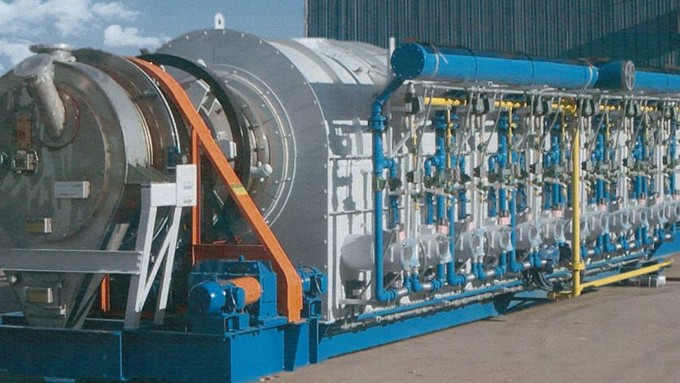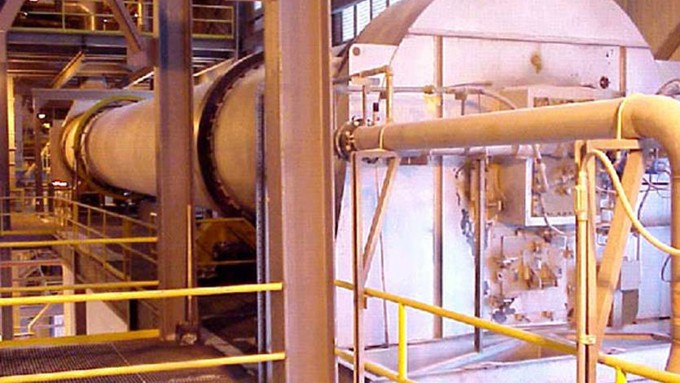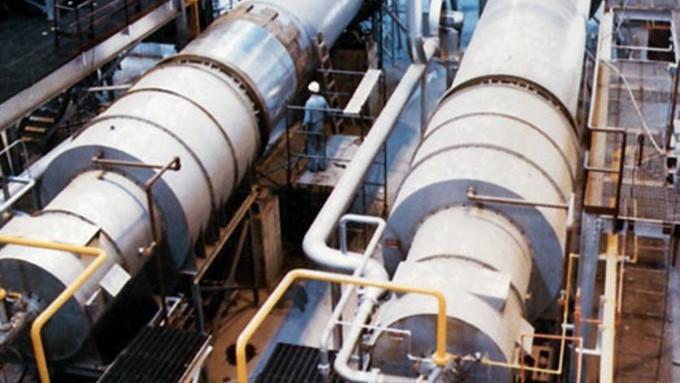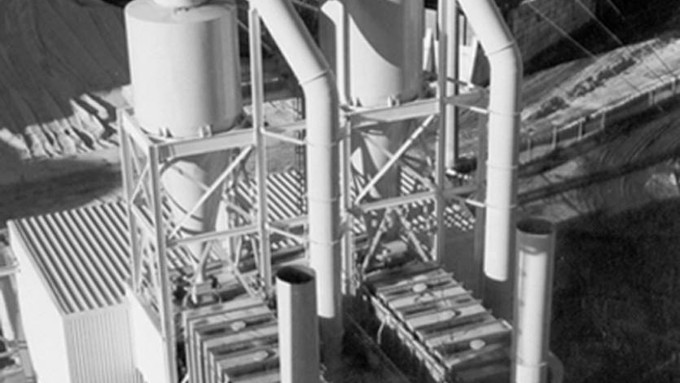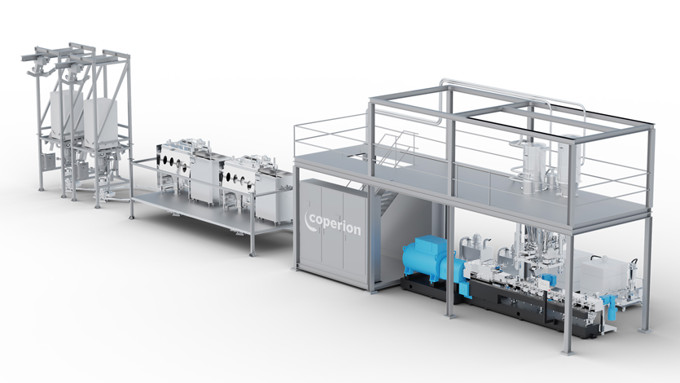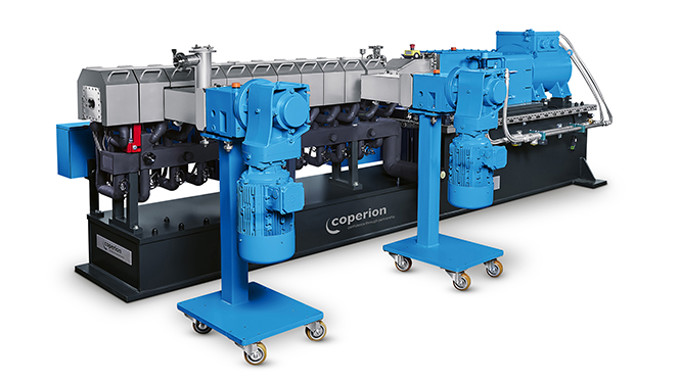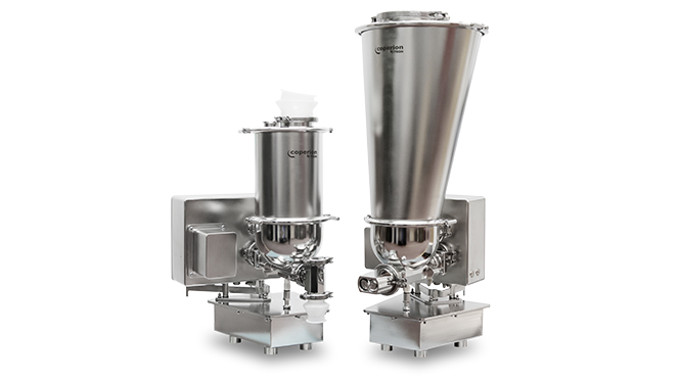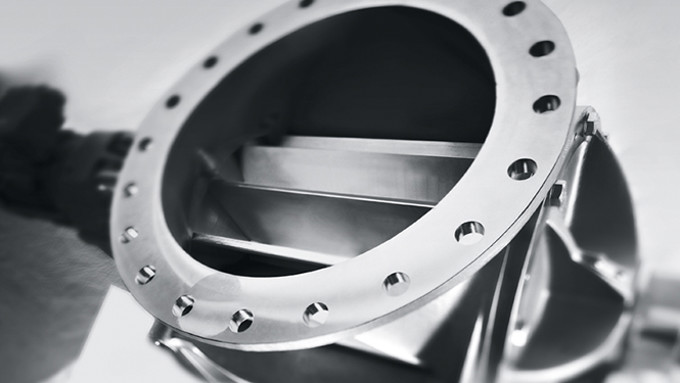Material is fed into a rotating cylinder that is externally heated according to process related time versus temperature criteria. As the cylinder rotates, the material is gently tumbled as it flows from the feed end of the cylinder to the discharge end. The action promotes uniform exposure of the product to a defined environment. Various processes employs reaction gases in direct contact with the product to propagate a given reaction or cover gases to protect the product.
Proper selection of the calciner cylinder material is critical and is determined by process temperature, process compatibility and physical size considerations.
| Metallic Alloys |
2250°F |
1230°C |
| Quartz |
2200°F |
1200°C |
| Ceramic |
2800°F |
1540°C |
| Graphite |
3632°F |
2000°C |
Design features
Bartlett-Snow™ rotary calciners are provided with automatic temperature, pressure and electrical controls with furnaces featuring multiple gas, oil or dual fuel burners, or electrical heating elements arranged in zones. Available in sizes ranging from 6-120in / 152-3048mm diameter with lengths from 10 to over 100ft / 3.04 to over 30.48m. Co-current or counter-current.


